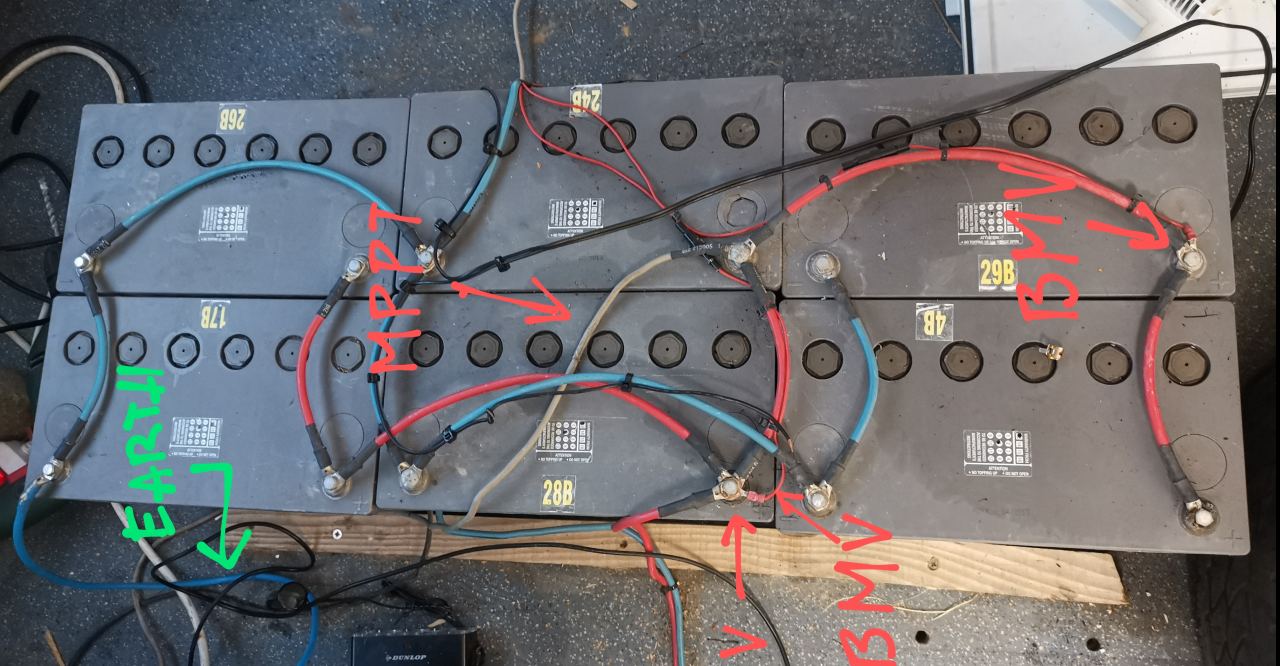In another thread there was someone who pointed at a statement in the Wiring Unlimited document saying there should be a maximum of 3 or maybe 4 lead acid batteries connected in parallel. Reason, as stated in the document, is that large battery banks become tricky to balance and that imbalance is created because of wiring and due to slight differences in the internal resistance of the batteries.
My experience, but also the result of some tests that I have seen reported, is that imbalance is created in bigger banks but when the batteries are on float charging quite soon these imbalances are reduced into a level which is similar to as if the bank was only fewer (3?) batteries.
So, as you understand I only partly agree with this statement in the WU-document and have seen several installations with many batteries working just fine.
Could someone explain, in other words than the WU-document, how this imbalance would be of such importance that it would make installations with a higher number of batteries bad/useless/non-recommendable?

